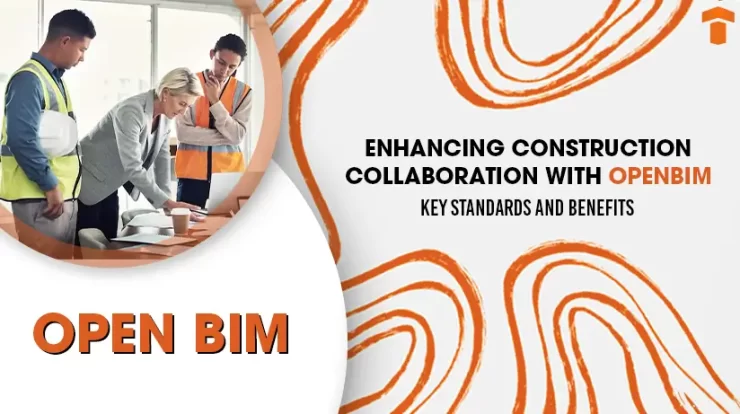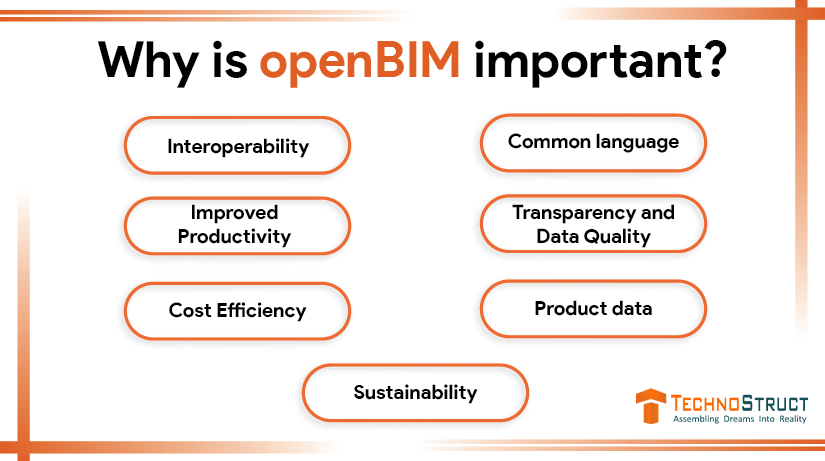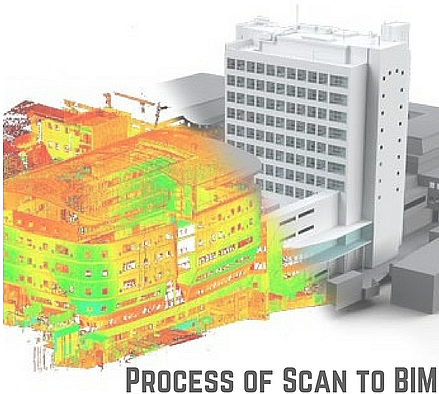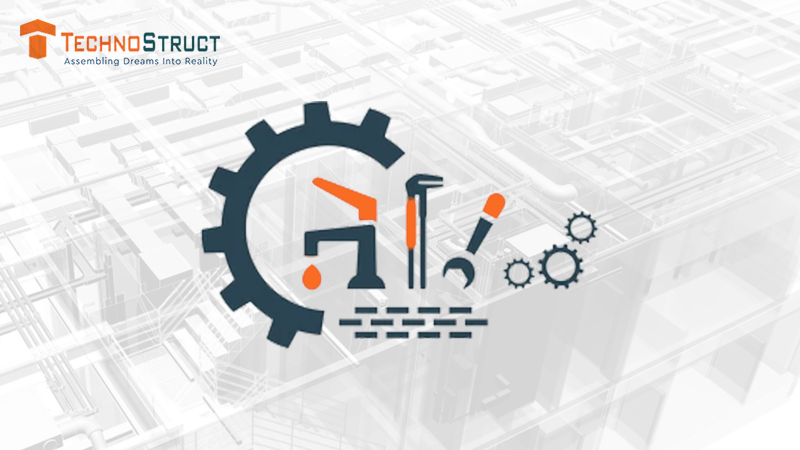
The expanding complexity of construction projects places higher demands on collaborations. Navigating synergies between various disciplines and software systems poses a significant challenge. OpenBIM facilitates information exchange and effectively bridges the gap between software tools, enhancing collaboration efficiency and accuracy.
Understanding OpenBIM
OpenBIM is an initiative that promotes open standards for Building Information Modelling (BIM). Unlike proprietary BIM standards, OpenBIM ensures interoperability between software applications, allowing for easy collaboration and data exchange between stakeholders on a construction project
OpenBIM Standards
BuildingSMART standards, the most essential part of openBIM standards, mainly include five basic standards. They are explained as follows:
IFC—Data Standard
IFC is a standard data schema for representing and storing building information models. It allows software to import and export data in this format, promoting data sharing across specialties and software throughout the life cycle.
IDM—Process Standard
IDM is a method for recording and specifying the whole process and information flow during the life cycle of the building. The goal is to ensure that important data is transmitted in a way that the recipient software can understand.
MVD—Process Translation
The Model View Definition refers to a subset of IFC schema that must meet specific exchange requirements in the AEC industry.
BIM Collaboration Format (BCF)—Change Coordination
The BIM collaboration format (BCF) is a simple and open XML format for encoding information and facilitating communication across BIM software tools.
buildingSMART Data Dictionary (bsDD)—Standard Library
buildingSMART Data Dictionary (bsDD), as a reference library based on the IFD standard (ISO 12006-3), is one of a set of buildingSMART standards that allows for collaborative work.
Each of buildingSMART’s standards plays a vital role in sharing and exchanging structured building information openly across the whole life cycle.
Why is openBIM important?

The adoption of OpenBIM brings numerous benefits to the construction industry:
Interoperability
openBIM ensures seamless collaboration among all project participants by using shareable project information. It supports interoperability throughout the lifecycle of projects and assets.
Improved Productivity
With openBIM, stakeholders can invest in construction technologies like mixed reality, augmented reality, and machine control. Efficient hand-offs between interdisciplinary teams lead to productivity gains
Cost Efficiency
By using open standards, project teams can avoid costly software lock-ins and reduce the need for data conversions. This cost efficiency is particularly beneficial in large-scale projects with multiple software systems.
Common language
Open BIM establishes a common language for widely used processes, enabling industry and government to procure projects with transparent commercial participation, comparable service evaluation, and guaranteed data quality.
Transparency and Data Quality
openBIM supports transparent workflows, transparent commercial engagement, and assured data quality.
Product data
Open BIM empowers the online supply chain feature with more accurate user demand searches and feeds product information directly into BIM.
Sustainability
Long-term interoperable data standards safeguard sustainability by allowing reliable data exchanges and flexible technology choices
Conclusion
Embracing OpenBIM allows stakeholders to leverage cutting-edge technology, simplify processes, and provide top-notch services. As the project unfolds, OpenBIM becomes a key driver for efficiency, collaboration, and sustainable building practices
FAQs
Q1. What is the difference between BIM and OpenBIM?
Ans. BIM refers to the process of creating and maintaining a digital representation of the physical and functional characteristics of a building. openBIM extends BIM by emphasizing interoperability and integration in software and tools.
Q2. Is OpenBIM suitable for small projects?
Ans. openBIM benefits projects of all sizes by improving communication, reducing errors, and enhancing project outcomes.
Q3. How can I get started with OpenBIM?
Ans. Begin by exploring openBIM principles, understanding IFC, and choosing software that supports openBIM workflows.



